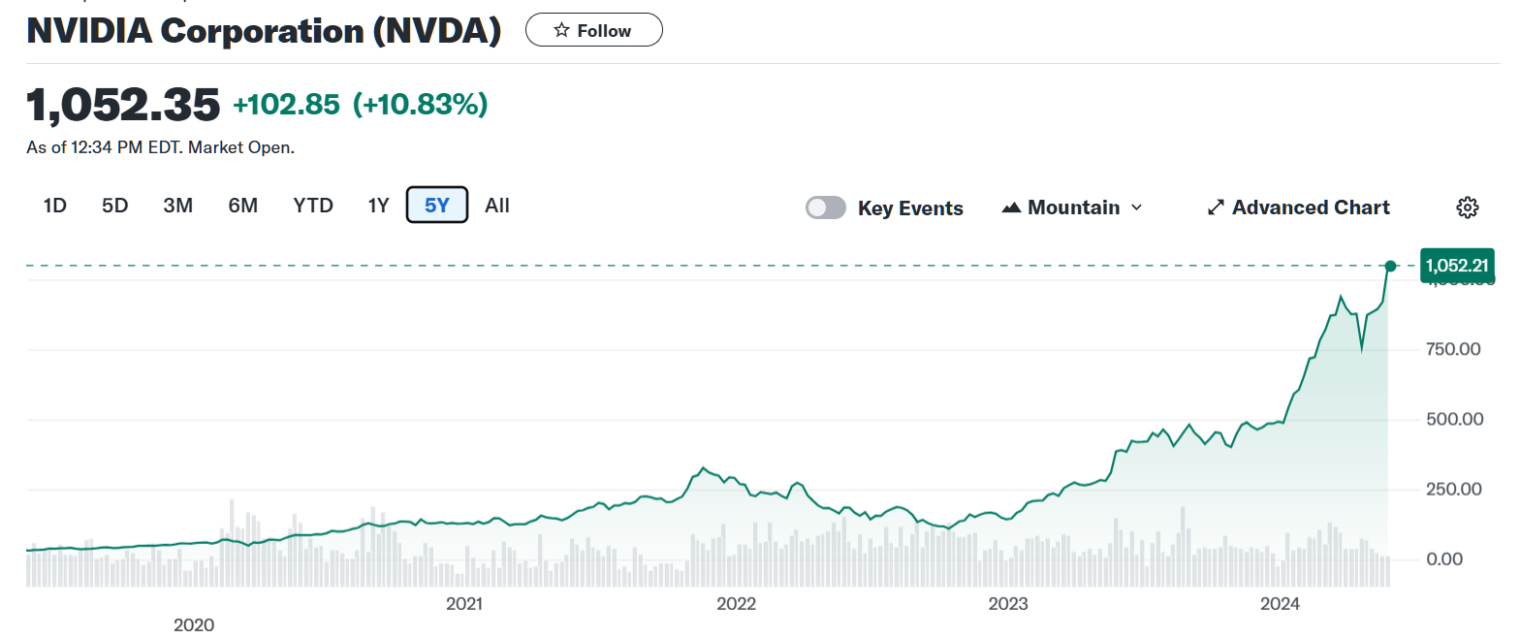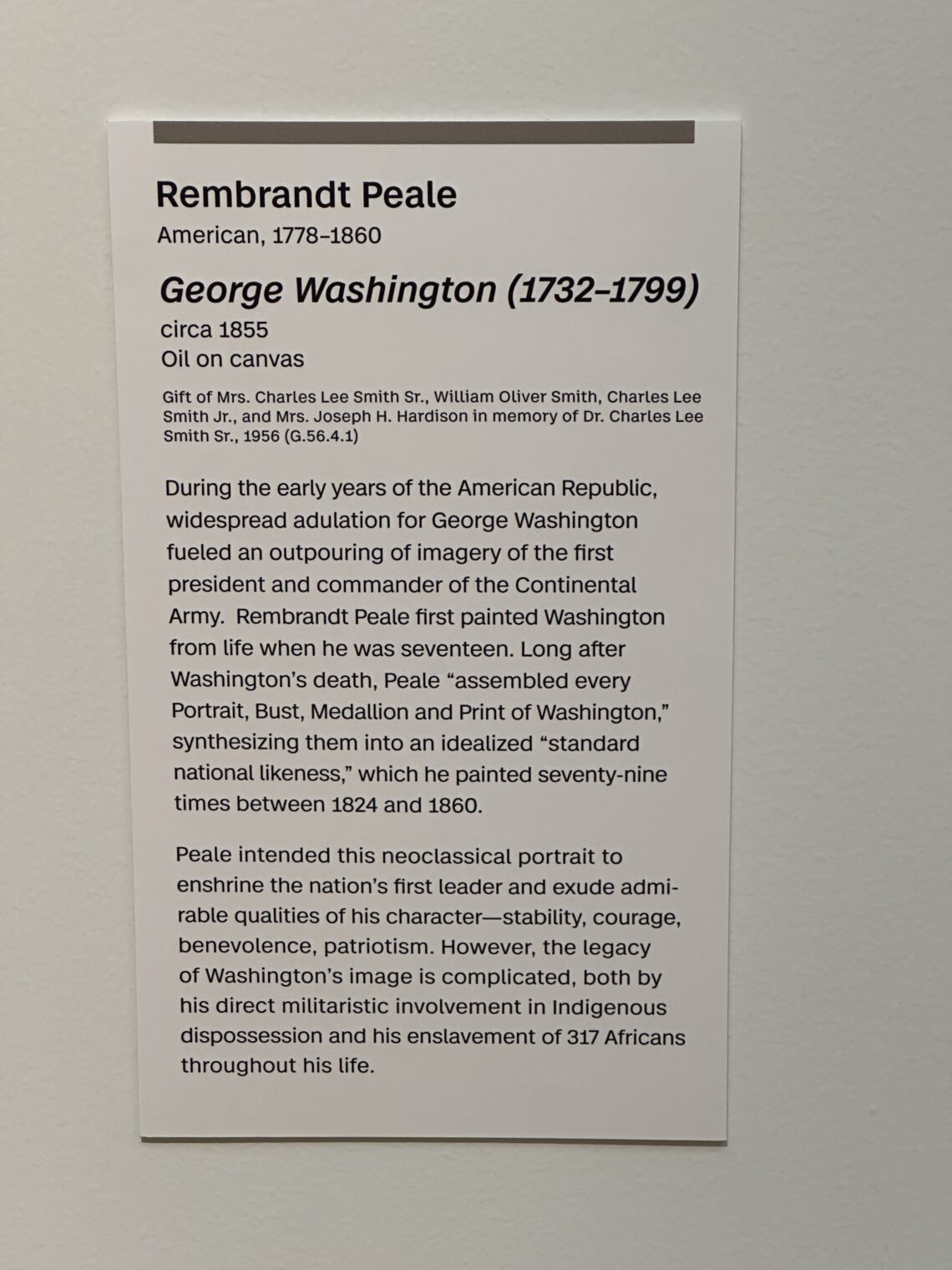From the Party of Science… “His Pregnancy Came as a Shock. Florida’s Abortion Law Made It Harder” (TIME):
Jasper never considered he might be pregnant. Despite the nausea, the stomach pain, the fatigue, the possibility never crossed his mind. He was about six months into testosterone therapy, a form of gender-affirming care.
It had taken ages to get his father and stepmother on board—though 18 years old at the time, Jasper lived with and relied on them for support.
Family structure blown up by American family law and customs: check. “gender-affirming care” in first paragraph; check.
(“The USA has the highest proportion [among 16 countries] of children, as much as 50 percent, with any experience of living outside a two-parent family when they turn 15. … in many Western and Eastern European countries it is more common to find that around a fourth or a third of all children have an experience of that kind, at some time during childhood. … The USA stands out as an extreme case… “; journal paper reference in Real World Divorce)
In June 2022, Jasper caught COVID-19 while traveling with his boyfriend’s family, and between the viral symptoms and newfound back soreness, it became, through no fault of his hosts, one of the most miserable vacations he’d ever taken. When he returned to Orlando, Jasper kept waiting for the pain to get better. When it persisted a month later, he visited a doctor who still couldn’t figure out what was wrong. Nobody thought to check for pregnancy.
American medical geniuses can turn a girl into a boy (with a “boyfriend”), but they can’t figure out whether a patient has become a pregnant person.
The right to an abortion was supposed to be sacrosanct in Florida—in 1989, the state’s Supreme Court found that it was protected in their constitution. Until the 15-week ban, which went into effect in July 2022 after the Dobbs decision left abortion restriction to the states, abortions for people up to 24 weeks of pregnancy had been allowed.
It’s a “ban” on abortion care if the limit is 3 weeks longer than in the typical European nation, e.g., Germany. Florida bad and nobody should move there: check.
Jasper didn’t want to tell his family. He’d begun rebuilding his relationship with them, but things felt fragile. And his stepmother, raised Catholic, deeply opposed abortion. If Jasper had to leave Florida, his boyfriend had family in Las Vegas, where abortion was legal up to 24 weeks. They’d have a place to stay, and an excuse for why they were leaving. Running the numbers mentally, he could probably find round-trip tickets for $200.
If the limit is 24 weeks, however, that’s not a “ban”. (Maskachusetts has no limit on abortion care, as long as one doctor thinks it might be helpful to a pregnant person’s mental health. Abortion care is “on-demand” through 24 weeks of a pregnant person’s pregnancy.)
The clinic was still quiet when Jasper arrived for his abortion, but it filled with patients over the course of the morning. Some looked like they were there for birth control, others he deduced were in a similar situation to him. One girl clutched pictures from her ultrasound. Seeing the fear and confusion on her face was like looking in a mirror.
We are informed that transmen are men and also that a man sees a “girl” and it is “like looking in a mirror”?
The abortion was simple: he received a mild sedative, medication to open up his cervix, and a straightforward surgery to remove the fetus. It was a safe, easy procedure—and immensely painful. And then it was over.
Was the fetus interviewed regarding the safety of this procedure?
Over seven days, Jasper had learned he was pregnant, processed the news, scheduled an abortion, and after two visits to a clinic, terminated his pregnancy.
Where can the rest of us get healthcare this quickly? (We are informed that abortion care is healthcare.) That’s my big question.
TIME includes a photo from Fort Pierce, one of my favorite places in Florida. It was there that we went to a barbecue place whose TV was tuned to Duck Dynasty. The kids asked what the show was. I said “It’s about rednecks who sell duck calls to hunters.” Senior Management admonished me for using the term “rednecks” in front of our precious innocents. Everyone else in the restaurant was Black, including the chef and the cashier. The cashier overheard this conversation and chimed in. “Oh, they rednecks,” she said. “They call they-selves rednecks.” This might have been the quickest resolution of a domestic dispute in the history of humanity.
Related: a recent photo of St. Petersburg, Florida in which, hatefully, only one intersection is painted in the sacred rainbow symbols (the 2SLGBTQQIA+ aren’t welcome on other blocks/streets around town?)…
(source: a tweet from the (proud) mayor)
Full post, including comments 
























